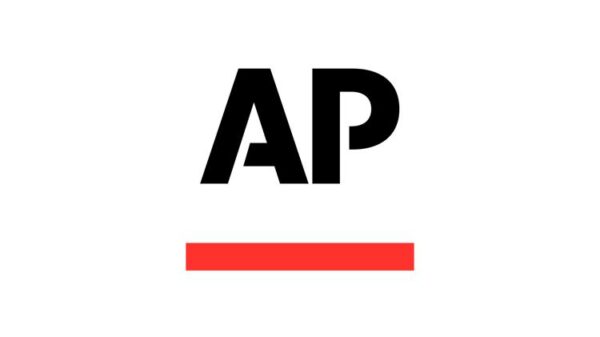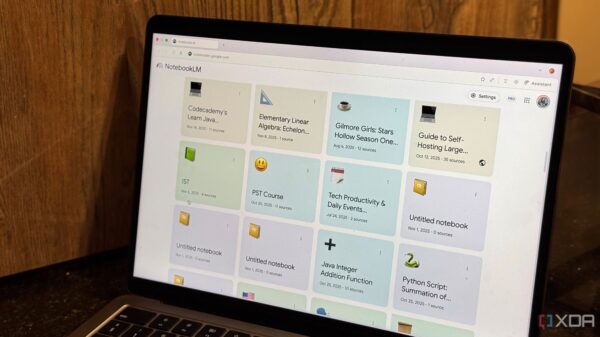Effective communication has become paramount for organizations navigating today’s fast-changing digital landscape. With the increasing demand for clear, concise, and contextualized information, many businesses are turning to the Darwin Information Typing Architecture (DITA) to enhance their content strategies. DITA is an open standard that structures content into reusable components, allowing organizations to craft tailored messaging for diverse audiences.
Understanding DITA and Its Functionality
At its core, DITA facilitates the organization of information into modular units known as “topics.” This structure allows authors to create content that is adaptable across various formats, ensuring consistency and reducing redundancy. By enabling the reuse of information, DITA serves as a powerful tool for organizations aiming to streamline their content creation processes.
The Power of DITA Perspectives
One of the standout features of DITA is the Perspectives approach, which allows authors to present content tailored to specific audiences or contexts. This method ensures that different user groups receive information that is not only relevant but also easy to grasp.
For example, in a technology company, the Perspectives approach can be applied in various ways:
– **Developer Documentation**: Offers detailed API references to assist software engineers in implementing new features.
– **End-User Guides**: Provides simplified instructions for non-technical users, enabling them to navigate new software functionalities.
– **System Administrators**: Focuses on configuration and management tasks pertinent to those responsible for maintaining software deployments.
By leveraging DITA Perspectives, organizations can maintain a single source of truth while delivering customized content to meet diverse informational needs.
The benefits of adopting DITA Perspectives are significant:
1. **Enhanced User Experience**: Tailored content increases comprehension and engagement. By eliminating jargon and focusing on relevant insights, organizations promote user satisfaction and effectiveness.
2. **Improved Efficiency and Consistency**: DITA’s modular content structure allows for easier repurposing. Writers can adapt existing information rather than create new content for each audience, ensuring consistency and streamlining the documentation process.
3. **Streamlined Collaboration**: In environments where multiple stakeholders contribute to content creation, DITA’s Perspectives enable teams to focus on their areas of expertise while collaborating on a unified body of knowledge.
4. **Contextual Relevance**: By framing content within the appropriate Perspectives, authors can align information with its intended context. This enhances engagement and retention, as users receive information that speaks directly to their needs.
5. **Scalability**: As organizations grow, so do their documentation needs. DITA Perspectives offer a scalable solution, allowing new topics or perspectives to be added without overhauling existing materials.
Implementing DITA Perspectives involves several best practices. Organizations should begin by understanding their audiences, developing personas that detail user needs and preferences. Structuring content into clear, modular topics and harmonizing terminology across different perspectives can further enhance effectiveness. Additionally, leveraging metadata can improve searchability, allowing users to locate information quickly.
Fostering a continuous feedback loop with users is crucial. Gathering insights through metrics and analytics helps refine Perspectives and ensures that content remains relevant and engaging.
In conclusion, the DITA Perspectives approach presents a robust framework for delivering tailored and contextually relevant content. By adopting this methodology, organizations can significantly enhance user experiences, boost operational efficiency, and ensure consistency across their documentation. As audience needs evolve, leveraging DITA Perspectives empowers content creators to adapt and thrive in an ever-changing environment. By focusing on context and relevance, organizations can ensure that their communication is not only effective but also meaningful, promoting knowledge transfer and fostering deeper connections with their audiences.





































































